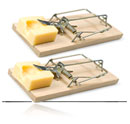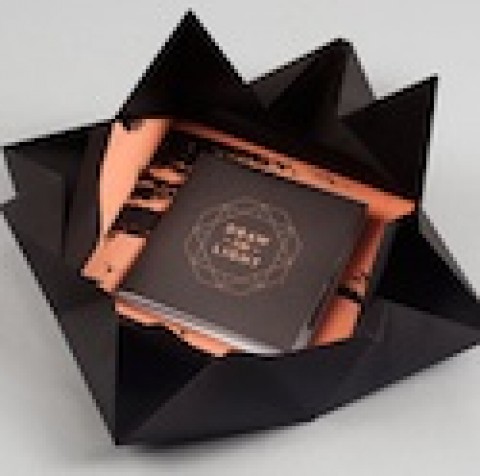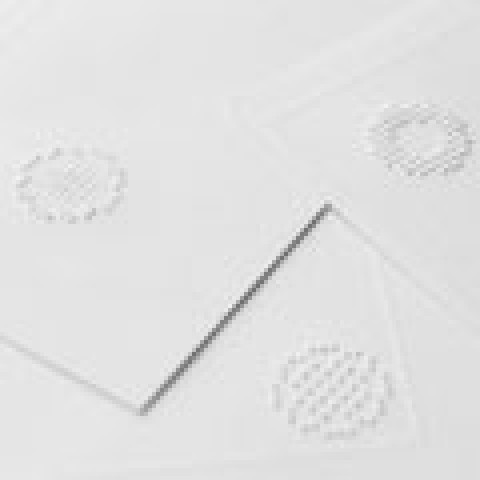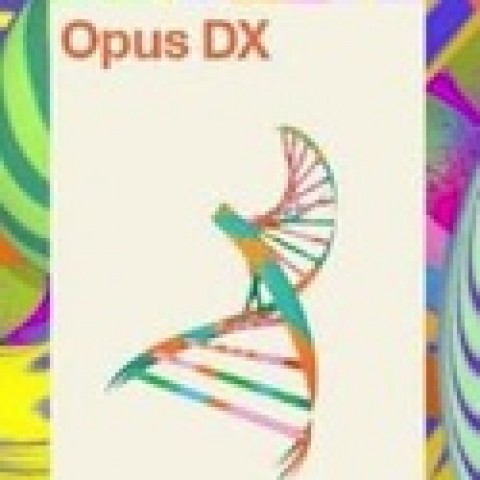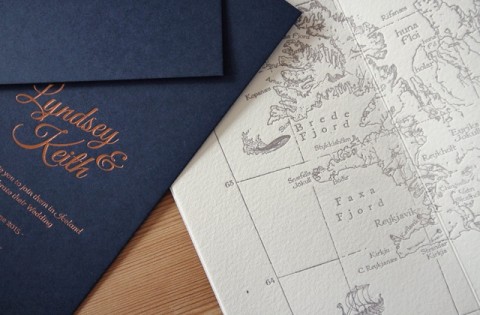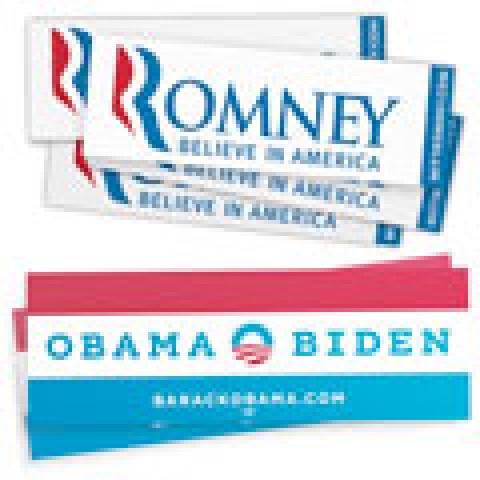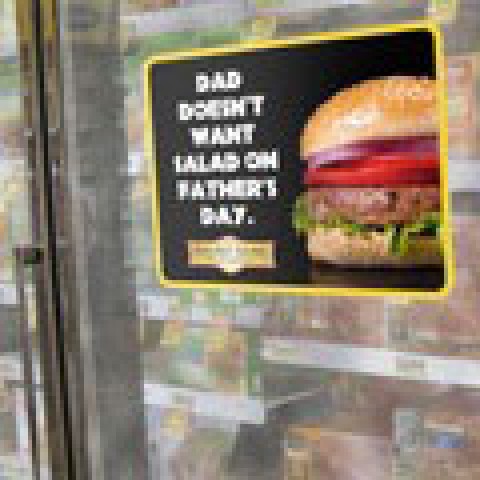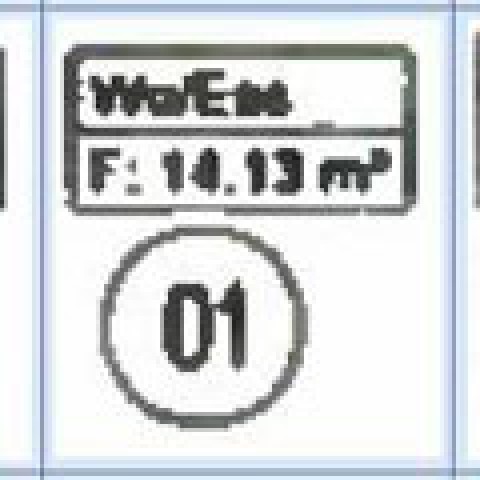[Read Part 1 of this Paper Tip here]
Three Offers That May Work For You
Maybe sending live checks through the mail isn’t for you. Here are three offers that have proven successful for many different kinds of companies.
1. The Kit.
A “free 32-page color brochure” is certainly better than the generic “free information” but you can do even better. And that’s by offering people a kit.
What’s a kit? Anything you want it to be. It can include a brochure, a case history, a fact sheet, anything. But the idea of offering a kit is almost always more effective than offering a brochure.
And if you can name your kit after your main benefit, you’re even further ahead.
For Putnam Mutual Funds, I put together a “Cut Your Taxes” Kit. The program was so successful, it won a Gold Echo from the Direct Marketing Association.
2. The White Paper.
This is another technique for improving response. Basically, it is a position paper rather than a brochure about your product or your company.
Its goal is twofold. First, to provide useful, thoughtful or valuable information to your prospect. Two, to position your company as the leaders, experts or innovators in your field. (After all, you wrote the white paper).
It’s called the white paper because it can be printed on plain white paper. It can include:
• Information on the future of your industry
• Information that you have collected that would be of general interest to your prospect, based on their background or industry.
• Information on changes, trends, or new ideas in your industry
• Information on how to evaluate products or companies in your industry.
3. The Evaluation.
This is a particularly effective technique since you are establishing the ground rules under which your product will be evaluated. For example, if your company prides itself on strong after-sales service, then one of the criteria your white paper might include would be “Make sure the company you deal with has strong after-sales service.”
Plus, the only prospects who would send away for a “free evaluation” are those who are actively involved in considering products like yours. The targeting alone makes this an excellent offer.
Premiums, Sweepstakes and a Free Couch
Time magazine used to give a calculator away with each new subscription. In a very short time, Time became the largest distributor of calculators in the U.S. (They eventually had to stop offering them because too many people were letting their subscription lapse and then resubscribing just to get one.)
There are virtually tens of thousands of ideas out there, from mouse pads to calendars to flipbooks to puzzles to just about anything you can imagine.
Premiums are often used in business-to-business direct marketing where your goal is to gain a “share of desk.” In other words, you want your premium with your name – and even your phone number – on it to have a permanent place on your prospect’s desk.
Here are six ways to make it more effective:
• View a wide selection. Don’t settle for T-shirts because your printer can silk screen. Make sure you talk to a large number of suppliers and get plenty of ideas.
• Get something unique. How many paper-clip holders do you want on your desk? Your premium has to be either the first or the best if you want it to succeed. Be on the lookout for unusual or novel items you can use as premiums.
Ask your vendors what new premiums they’re offering. For example, the Post Office offers special “decoders” that you can use to spot the hidden messages on stamps. (They were created primarily as anticounterfeit measures). The first hidden message was on a 32-cent US Air Force stamp issued in September. Would this make a good offer for an envelope company?
•Or make it unique. If you can’t find something unique, try to make it unique. I send a T-shirt to my prospects that has a unique message for people in direct marketing. I buy them from a company that makes things for musicians and actors and it says, “What I really want to do is… direct.”
• Get a sample. In a way, the premium you send people becomes a small sample of your company. If it’s poor quality, that may reflect on your product or service.
• Photograph the premium. If you’re offering a premium, make sure to show it in the most attractive way. Use high-quality photography, never illustration.
• Can you personalize it? This almost always increases interest. The same people who will quickly discard that pocket calendar you’re sending them will have second thoughts if it has their name on it. As Dale Carnegie said, “There’s no sweeter music than the sound of your own name.” It’s also true in direct marketing.
You May Have Already Won!
If they’re done with creativity and imagination, sweepstakes can be one of the most effective offers in direct marketing.
When I first started out in direct marketing, I did two or three sweepstakes a month for Edgar’s stores, a large department store chain in South Africa.
The prize was almost always the same (with a few notable exceptions — please see below). The winner received $10,000 in cash, which they could spend any way they wanted. And they typically spent it on their bills or to help pay off their house.
However, my challenge was to add an element of fun and fantasy to the prize. Here are some of the ideas we used:
The Edgar’s $10,000 Great Adventure. There are only a few real adventures left in today’s civilized world. Will you spend your $10,000 scuba diving on the Great Barrier Reef, hiking through the wild Canadian Rockies, or fishing for shark off the Caribbean?
The Edgar’s $10,000 Follow the Sun Sweepstakes. Why waste winter? You can use your $10,000 prize to hire a beach house in Mauritius, take a sun-drenched Mediterranean cruise, or install a sun roof in your car and solar heating in your house.
Open a Winning Door. This featured an involvement device that enabled prospects to “open” a flap on the flyer and see if they won. The copy said you can use your $10,000 to open a palace door and take a trip to the U.K, or open the door to the White House and travel to America. You could even open the door of a bank vault and deposit the money.
We did dozens of sweepstakes, all with the same $10,000 prize, and all were extremely successful. (I won three DMA Echo Awards for Edgar’s in three years, including the first Gold Echo ever won by an office of Ogilvy & Mather Direct).
The two exceptions that I’d like to share with you were as follows:
• Wipe Your Account Clean. This is one sweepstakes that had tremendous perceived value, but actually cost us very little. Ten lucky people had their Edgar’s account card wiped clean — we paid off their entire balance. That meant that 10,000 people spent as much as they could on their Edgar’s card because if they won, they wanted to win big. The psychological appeal of this offer was enormous. We used it over and over again with great success.
• You Tell Us. Edgar’s had bought a beautiful Italian leather couch for one of their fashion shoots and wanted to offer it as a prize. I couldn’t bring myself to write “Win a Couch!” So what I did was take an extremely close-up photograph of the couch and involve people.
The headline asked “What’s the grand prize in Edgar’s new sweepstakes? You tell us…and you could be a winner!” It was extremely successful.

